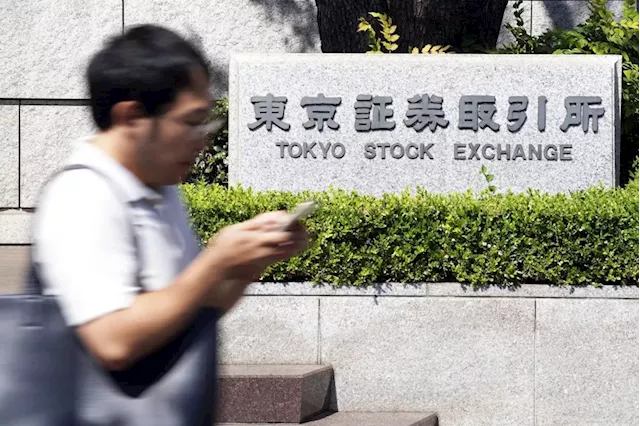There is plenty of academic research showing that, on average in the long run, value stocks − defined by academics as stocks with low price-to-earnings , or price-to-book ratios – beat growth stocks – defined as stocks with high P/E or P/B ratios. For example, in recent research I carried out using U.S. data over the period from August, 1966, to October, 2019, I found that value stocks beat growth stocks by about 7 per cent. The results are similar for Canadian and international markets.
What could be the reason? As I indicated earlier, a high P/E ratio implies a high expectation of growth. Low P/E implies a low-growth expectation. If we are pessimistic about growth and we get bad numbers, in some way we expected it. But if we are optimistic about growth and we get bad numbers, we are very disappointed and react negatively. An analogous explanation can be given in the case when there are positive earnings surprises.
I found that while the value premium was evident in the total sample , the premium appears to be driven primarily by firms in the poorly earning quality portfolios. The intuition is that as growth firms, on average, tend to be bid up by investors, the less-visible ones – which tend to have poorer earnings quality – are bid up the most and end up having lower returns than better-quality growth stocks. For value stocks, there is no evidence that poorer earnings quality exerts a discernible effect.
Brasil Últimas Notícias, Brasil Manchetes
Similar News:Você também pode ler notícias semelhantes a esta que coletamos de outras fontes de notícias.
 Stock market today: Dow, S&P 500, Nasdaq jump as TSMC outlook prompts chip stock rallyA monthly report on retail sales could provide clues to whether the Fed will go for 'no cut' at its next meeting.
Stock market today: Dow, S&P 500, Nasdaq jump as TSMC outlook prompts chip stock rallyA monthly report on retail sales could provide clues to whether the Fed will go for 'no cut' at its next meeting.
Consulte Mais informação »
 Stock market today: US stock indexes slip ahead of presidential electionNEW YORK (AP) — U.S. stocks are slipping ahead of a momentous week full of potential flashpoints, but other markets are already moving more sharply, including a jump for oil prices and drops for Treasury yields. The S&P 500 fell 0.
Stock market today: US stock indexes slip ahead of presidential electionNEW YORK (AP) — U.S. stocks are slipping ahead of a momentous week full of potential flashpoints, but other markets are already moving more sharply, including a jump for oil prices and drops for Treasury yields. The S&P 500 fell 0.
Consulte Mais informação »
 Stock market today: Wall Street slips under the weight of Treasury yields back above 4%NEW YORK (AP) — Stocks are slipping in early trading on Wall Street as pressure rises from the bond market, where Treasury yields hit their highest levels since the summer. The S&P 500 fell 0.
Stock market today: Wall Street slips under the weight of Treasury yields back above 4%NEW YORK (AP) — Stocks are slipping in early trading on Wall Street as pressure rises from the bond market, where Treasury yields hit their highest levels since the summer. The S&P 500 fell 0.
Consulte Mais informação »
 Stock market today: Asian shares climb after blockbuster US jobs reportAsian shares advanced Monday after a surprisingly strong U.S. jobs report raised optimism about the economy, sparking a rally on Wall Street.
Stock market today: Asian shares climb after blockbuster US jobs reportAsian shares advanced Monday after a surprisingly strong U.S. jobs report raised optimism about the economy, sparking a rally on Wall Street.
Consulte Mais informação »
 Stock market today: Dow futures slip with stocks in retreat as investors rethink rate-cut betsInvestors have overhauled their views on interest-rate cuts after a blowout jobs report, ahead of a week of key inflation data and the start of earnings...
Stock market today: Dow futures slip with stocks in retreat as investors rethink rate-cut betsInvestors have overhauled their views on interest-rate cuts after a blowout jobs report, ahead of a week of key inflation data and the start of earnings...
Consulte Mais informação »
